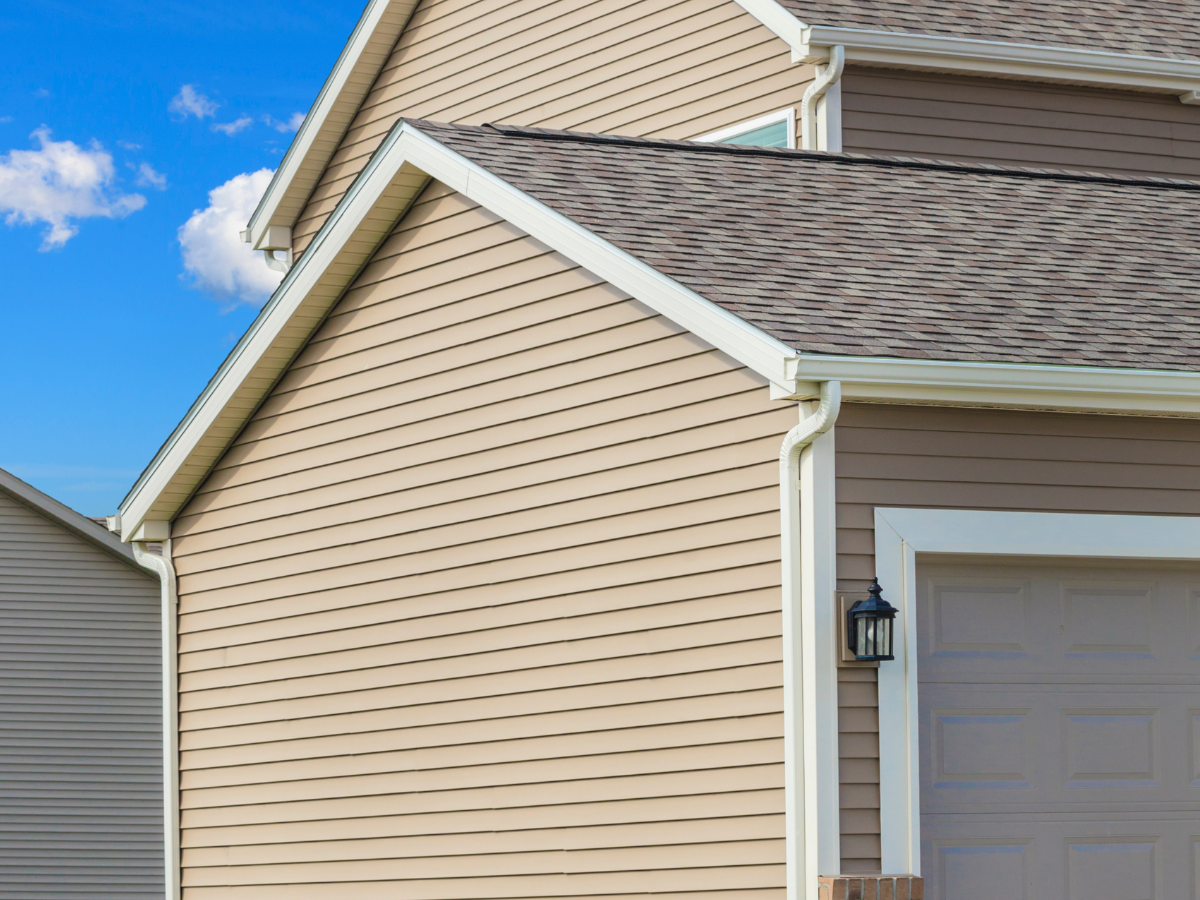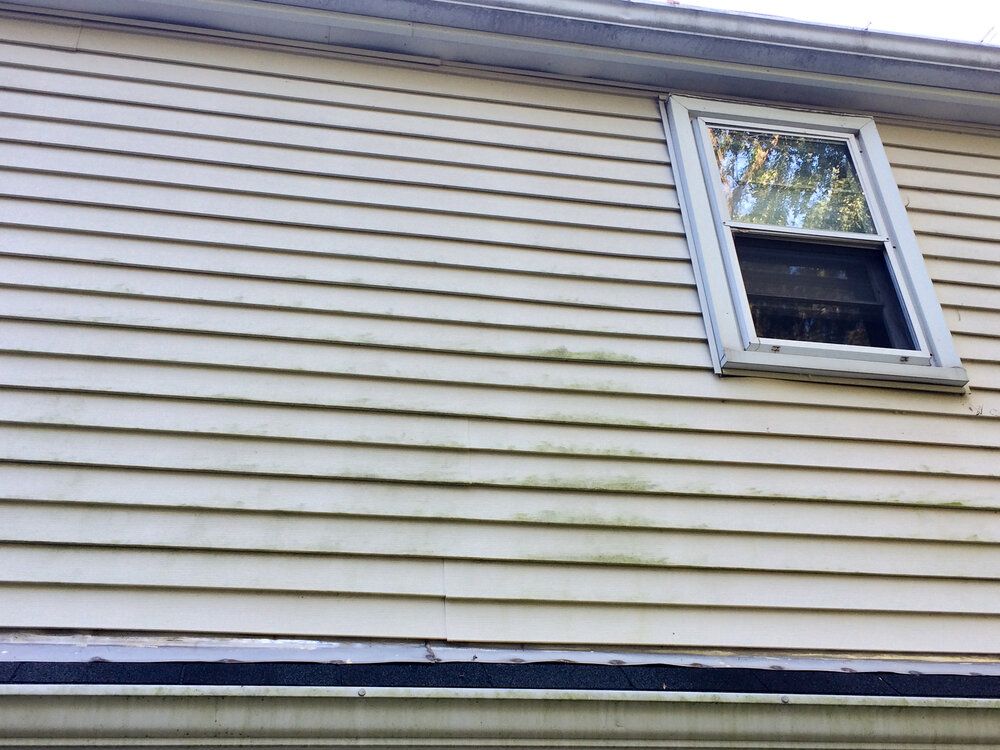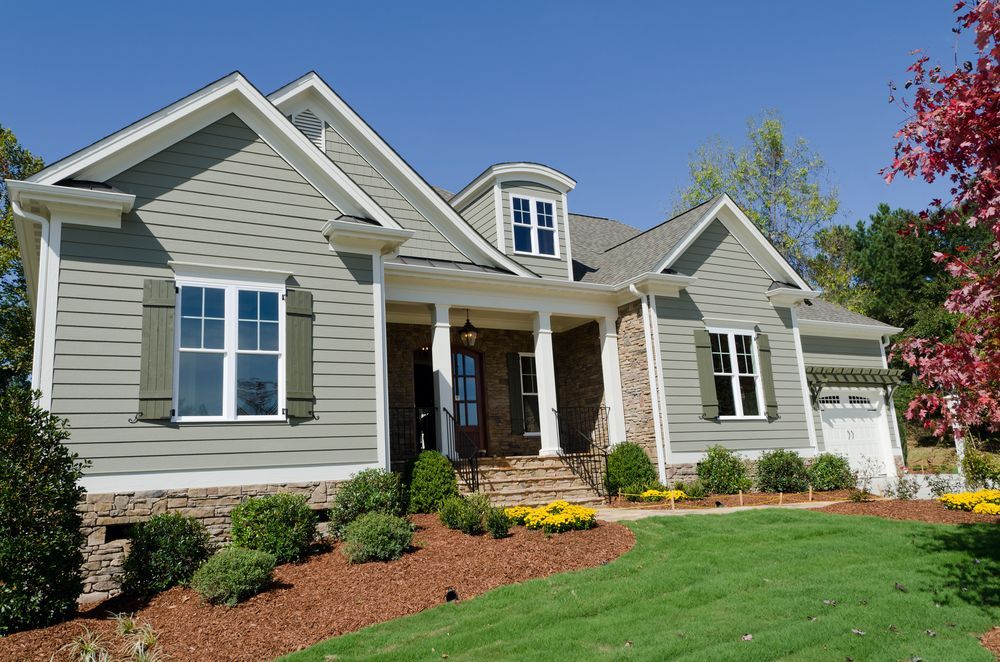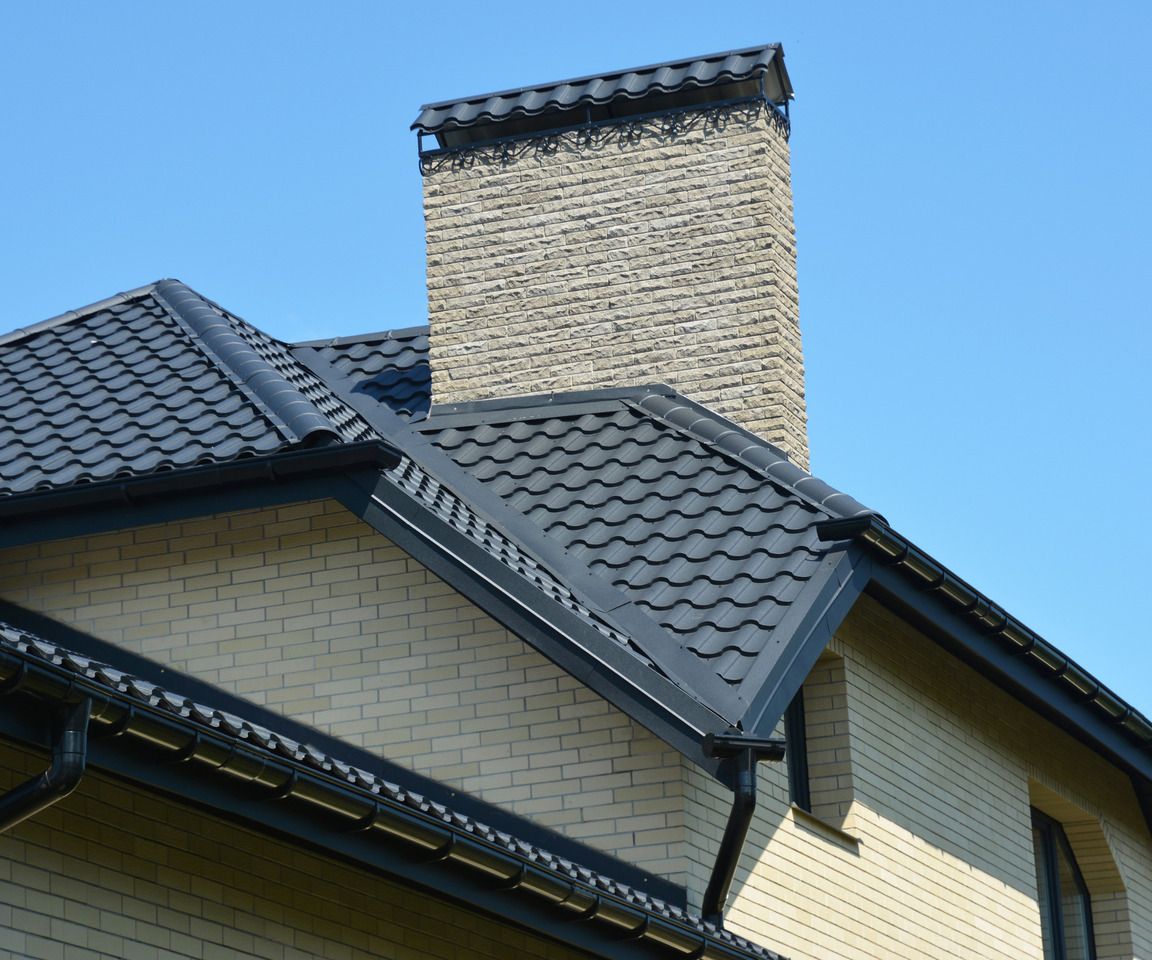Why is My New Vinyl Siding Bubbling in Indiana?
Bubbling New Vinyl Siding
Vinyl siding offers many benefits for homeowners, from enhancing curb appeal to providing reliable durability against harsh elements. However, noticing bubbling on your
new vinyl siding can be frustrating and concerning. Understanding the reasons behind this issue and knowing how to address it will help protect your investment and maintain your home’s beauty and integrity.
Common Causes of Bubbling Vinyl Siding
1. Improper Installation
One of the leading causes of bubbling or warping vinyl siding is improper installation. Vinyl siding is meant to be installed with some flexibility so that it can expand and contract as temperatures change. If it’s nailed too tightly, the siding cannot move freely, leading to warping, buckling, and bubbling over time. Proper installation involves allowing enough “give” so the panels can shift slightly with changes in temperature, helping prevent structural stress.
2. Excessive Heat Exposure
While vinyl siding is designed to withstand high temperatures, extreme or direct heat exposure can still cause it to bubble or warp. There are a few key sources of excessive heat that may lead to this problem:
- Nearby Heat Sources: Placing a grill or fire pit too close to the siding can result in localized heat damage, causing bubbling or melting.
- Reflected Sunlight: Surprisingly, sunlight reflected off neighboring windows, shiny metal surfaces, or glass panels can concentrate intense heat onto specific areas of the siding, creating a bubbling effect. This issue often appears localized, so if you spot bubbling, consider whether there are reflective surfaces nearby contributing to the heat.
3. Moisture Trapped Beneath the Siding
Vinyl siding serves as a protective barrier, but it isn’t entirely waterproof. If water seeps behind the siding and becomes trapped, it can create pressure and lead to bulging or bubbling. Proper moisture barriers, house wrap, and correctly installed flashing around windows and doors are critical to preventing water infiltration. Additionally, ensuring proper ventilation in areas like attics and crawl spaces can help reduce moisture buildup within your home’s walls.
4. Building Movement and Structural Shifts
Although less common, building movement or settling can cause your vinyl siding to bubble or warp. As your home shifts over time, the siding may move out of alignment, leading to areas that appear bubbled or uneven. Older homes, in particular, are susceptible to this type of movement, which may require adjustments to stabilize the structure and realign affected siding.
5. Chemical Reactions and Heat Sources
Vinyl siding can sometimes react to harsh chemicals or high heat, causing it to blister or bubble. Paint, sealants, or chemical cleaning agents applied directly to the siding may lead to unwanted reactions, especially if exposed to high temperatures or strong sunlight afterward. Similarly, heat sources such as outdoor heaters positioned too close to the siding can cause significant damage over time.
How to Prevent and Fix Bubbling Siding
Preventive Measures
- Ensure Proper Installation: To avoid problems with new vinyl siding, work with a skilled professional familiar with the best installation practices. Proper spacing and nailing techniques are essential to accommodate the expansion and contraction of vinyl panels.
- Maintain Adequate Heat Distance: Keep grills, fire pits, and other sources of direct heat away from your home’s exterior. Position these items at a safe distance to prevent heat-related damage to your siding.
- Address Reflective Surfaces: If reflected sunlight is the cause, consider asking neighbors to install window screens or use landscaping (such as shrubs and trees) to block reflective rays. This will diffuse the intensity of reflected sunlight and help reduce bubbling.
- Manage Moisture: Ensure your home’s siding includes effective moisture barriers and properly installed flashing. Keep an eye on gutters and downspouts to ensure water is directed away from your home.
Fixing Existing Bubbling
If bubbling has already occurred, you’ll need to take steps to repair it. Start by identifying and eliminating the root cause. This may involve adjusting installation, moving heat sources, or improving moisture control. Damaged or bubbled panels will likely need to be replaced. Hiring a professional to handle the replacement can ensure proper installation and prevent further problems.
Contact Us To Help
Bubbling vinyl siding can detract from the appearance and function of your home’s exterior. By understanding the common causes and taking preventive measures, you can maintain your siding’s integrity and prevent future issues. If bubbling or warping does occur, addressing it promptly and professionally is essential to keep your home looking and performing its best for years to come.
Our experienced Fort Wayne roofing company is ready to provide a comprehensive inspection and offer you a detailed quote tailored to your specific needs. Contact us today and get to know our roofing and siding services.
You might also like
Fort Wayne Roofing by Faze Blog
We're Here To Help With Your Roof!
Schedule a consultation with one of our Fort Wayne roofers today!
Address
2759 Freeman St
Fort Wayne, IN 46802
Call
All Rights Reserved | Fort Wayne Roofing by Faze | Created By Revio Marketing





